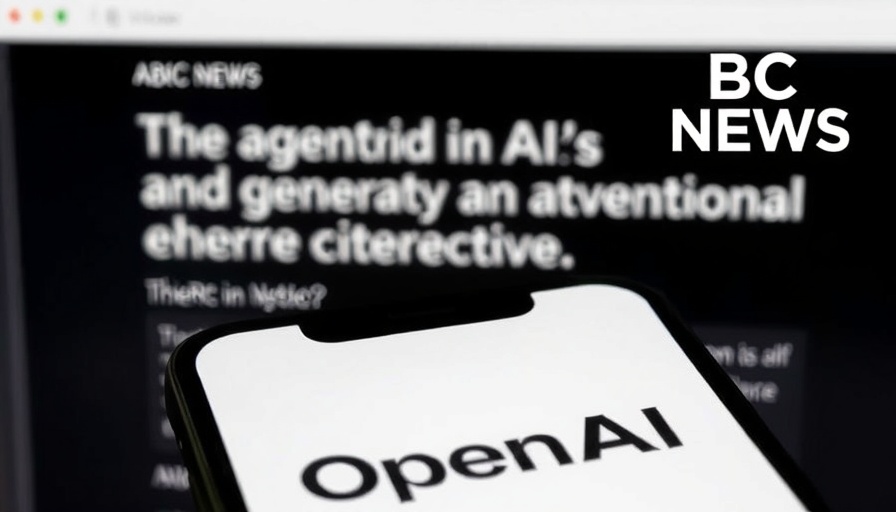
AI Hallucination: A Misunderstood Phenomenon
Artificial intelligence, particularly generative AI like ChatGPT, is increasingly being integrated into our daily lives. These tools provide rapid access to information and assistance in various domains. However, their potential to produce false narratives—often referred to as 'hallucinations'—has raised significant concerns. The recent case of Arve Hjalmar Holmen, a Norwegian man falsely linked to the murder of his children by ChatGPT, underscores these challenges.
The Cost of AI Errors
Arve Holmen's experience is alarming not just due to the false accusations but because of the psychological ramifications associated with them. "The fact that someone could read this output and believe it is true, is what scares me the most," he expressed. This incident reflects a broader issue: misinformation generated by AI can lead to irreversible damage to reputations and mental health.
What Happens When AI Gets It Wrong?
In Holmen's case, the AI-generated text included certain factual elements, like the correct number of his children and their genders. This mix of truth and falsehood exemplifies the complexities of AI reliability. As digital rights group Noyb highlights, it's troubling that users might accept AI outputs as definitive, especially when inaccuracies can tarnish reputations.
The Legal Implications for AI Developers
Following the alarming output from ChatGPT, Noyb filed a formal complaint with the Norwegian Data Protection Authority. They argue that AI tools should not be allowed to disseminate unverified and damaging claims without accountability, even with disclaimers stating that the information may not be true. This perspective suggests that AI developers like OpenAI need to put stricter controls in place to prevent the spread of misinformation.
Wider Trends in AI and Misinformation
The phenomenon of AI hallucination is not isolated to ChatGPT. Other AI models, like Microsoft's Copilot or Google’s Gemini, have similarly propagated false statements about individuals and even provided bizarre advice that could mislead users. These occurrences highlight a crucial need for developing a more regulated AI landscape, where errors can have significant, real-world consequences.
Addressing Misinformation: The Path Forward
Considering the serious implications of misinformation generated by AI, experts argue that transparency and improved training data are vital. Companies like OpenAI should invest in limiting these hallucinations, refining algorithms, and, importantly, ensuring robust legal frameworks are in place to protect individuals from defamatory claims.
Advice for AI Users: Navigating Reliability
For those of us navigating the world of artificial intelligence, the key takeaway from Holmen's case is to approach AI outputs with critical thinking. Users should verify information from multiple sources, particularly when it concerns sensitive topics like personal histories. While AI can enhance our efficiency and decision-making, recognizing its limitations is crucial.
Final Thoughts: Embracing AI with Caution
As AI continues to evolve rapidly, incidents like Holmen's serve as a reminder of both its potential and its pitfalls. While it's exciting to leverage these advanced tools, we must remain vigilant. Balancing enthusiasm for technology with a healthy skepticism will allow us to harness AI's advantages without falling victim to its missteps.
 Add Row
Add Row  Add
Add 




 Add Row
Add Row  Add
Add 

Write A Comment